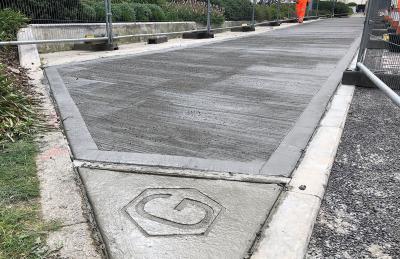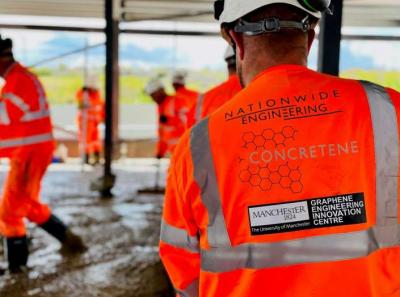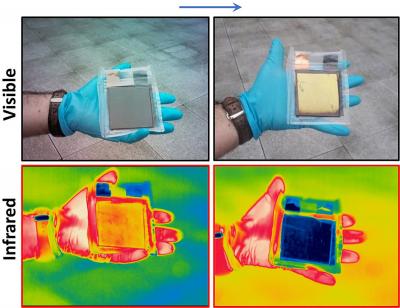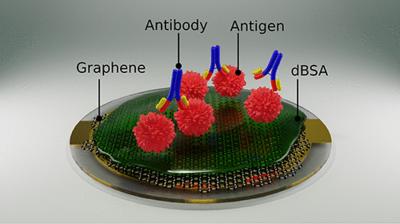Scientists from MIPT, Moscow Pedagogical State University and the University of Manchester have created a highly sensitive terahertz detector based on the effect of quantum-mechanical tunneling in graphene. The sensitivity of the device is said to already be superior to that of commercially available analogs based on semiconductors and superconductors, which opens up prospects for applications of the graphene detector in wireless communications, security systems, radio astronomy, and medical diagnostics.
Information transfer in wireless networks is based on transformation of a high-frequency continuous electromagnetic wave into a discrete sequence of bits. This technique is known as signal modulation. To transfer the bits faster, one has to increase the modulation frequency. However, this requires synchronous increase in carrier frequency. A common FM-radio transmits at frequencies of hundred megahertz, a Wi-Fi receiver uses signals of roughly five gigahertz frequency, while the 5G mobile networks can transmit up to 20 gigahertz signals. This is far from the limit, and further increase in carrier frequency admits a proportional increase in data transfer rates. Unfortunately, picking up signals with hundred gigahertz frequencies and higher is an increasingly challenging problem.






